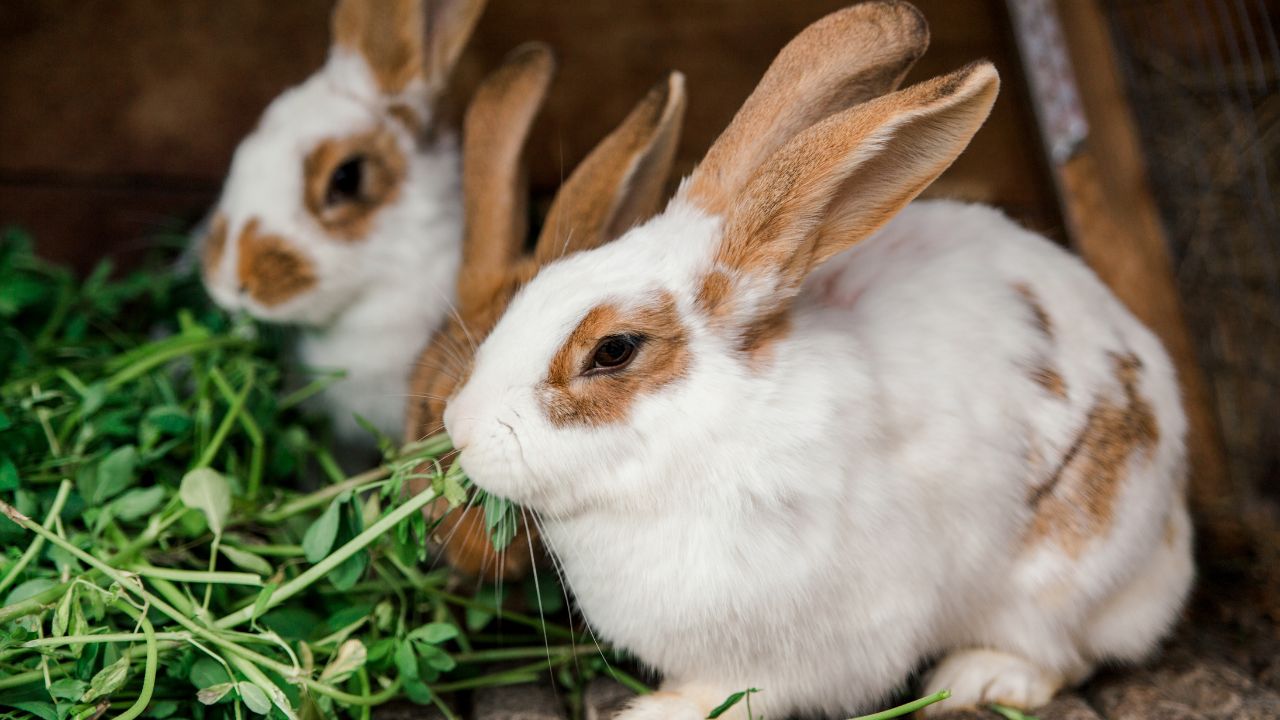Blog Single
What Are the Benefits of Planting Plants?

Facebook
Twitter
LinkedIn

